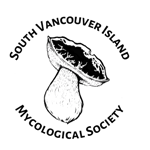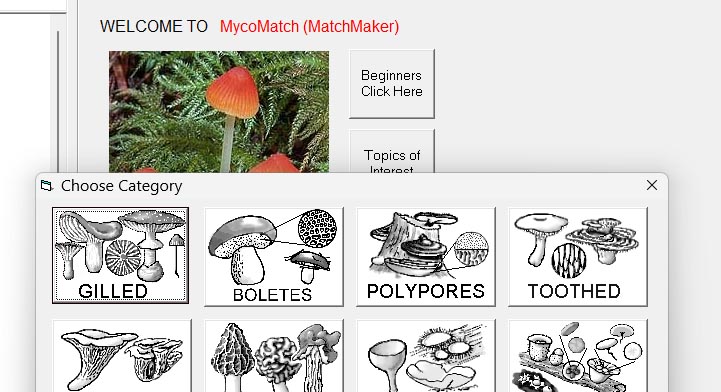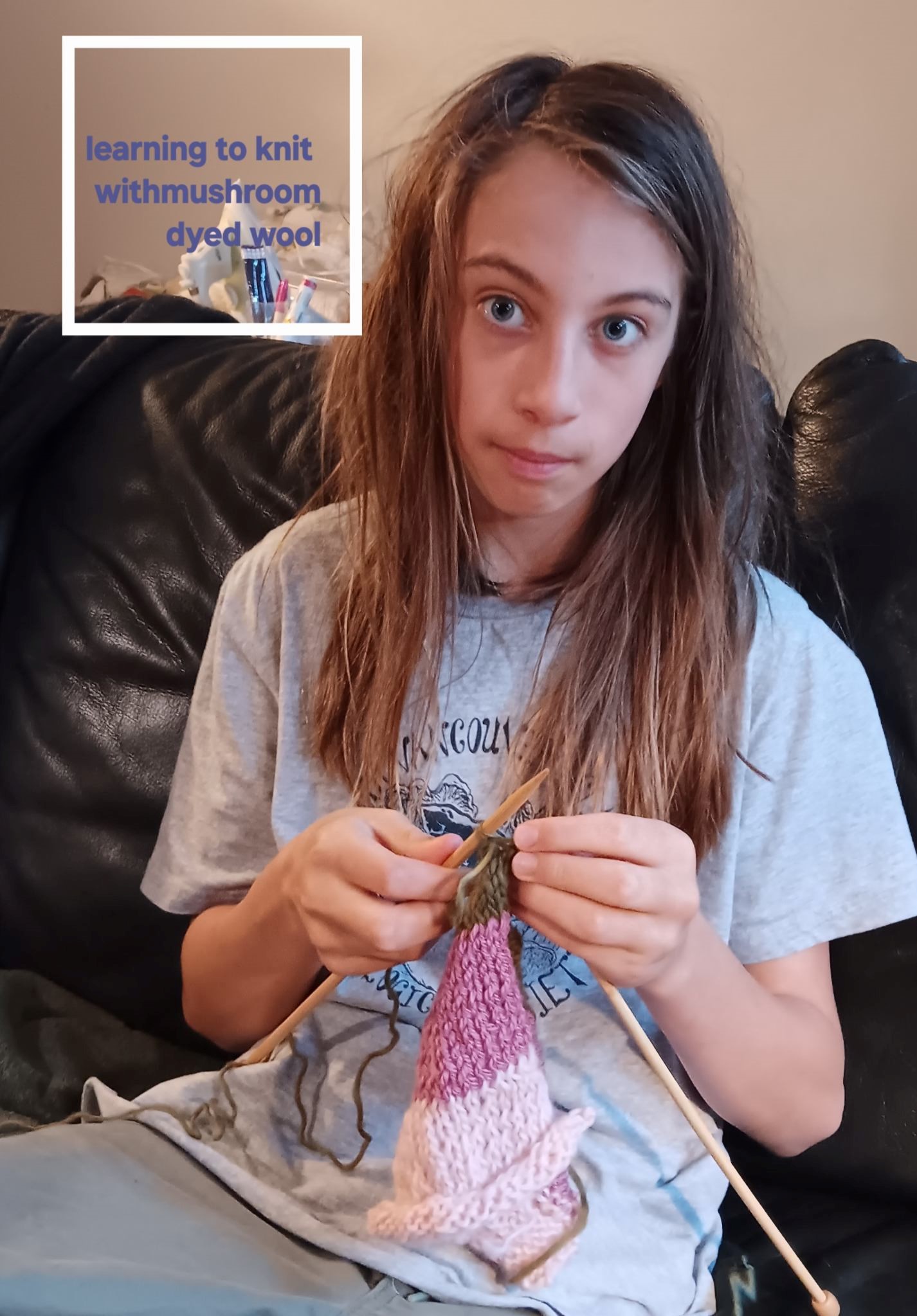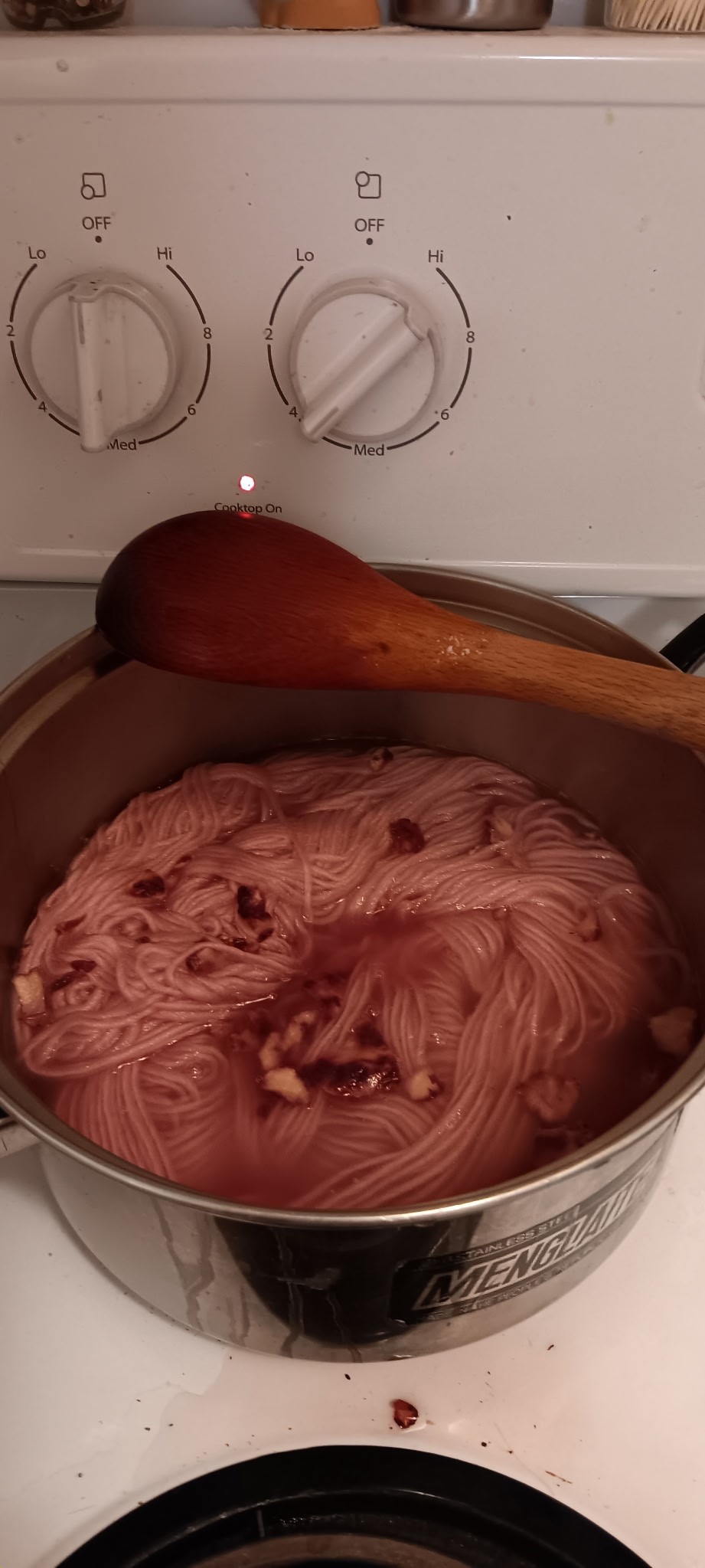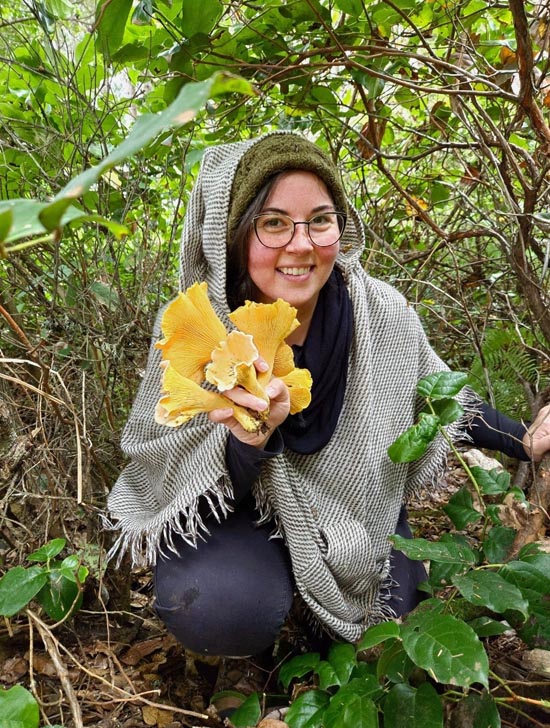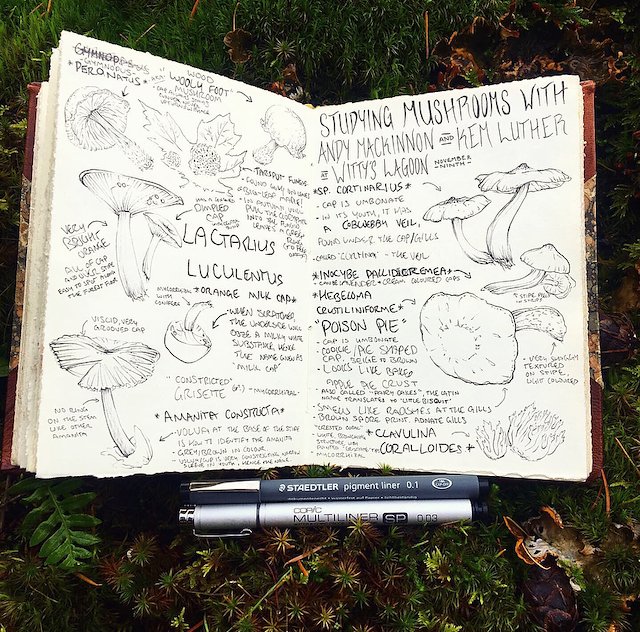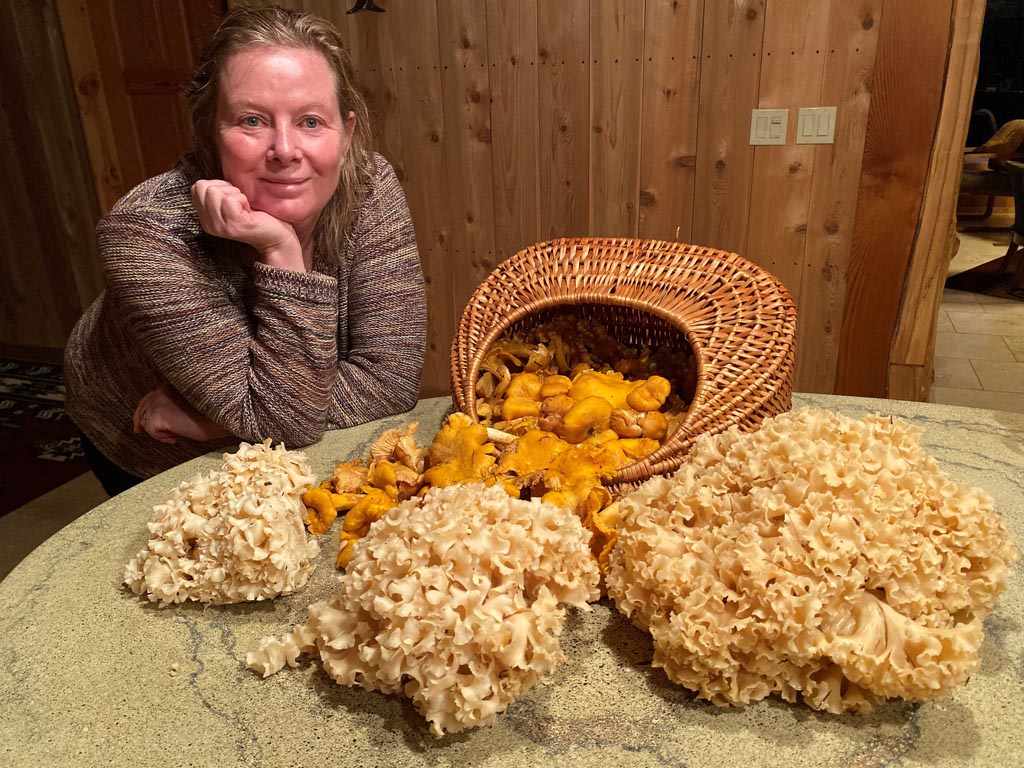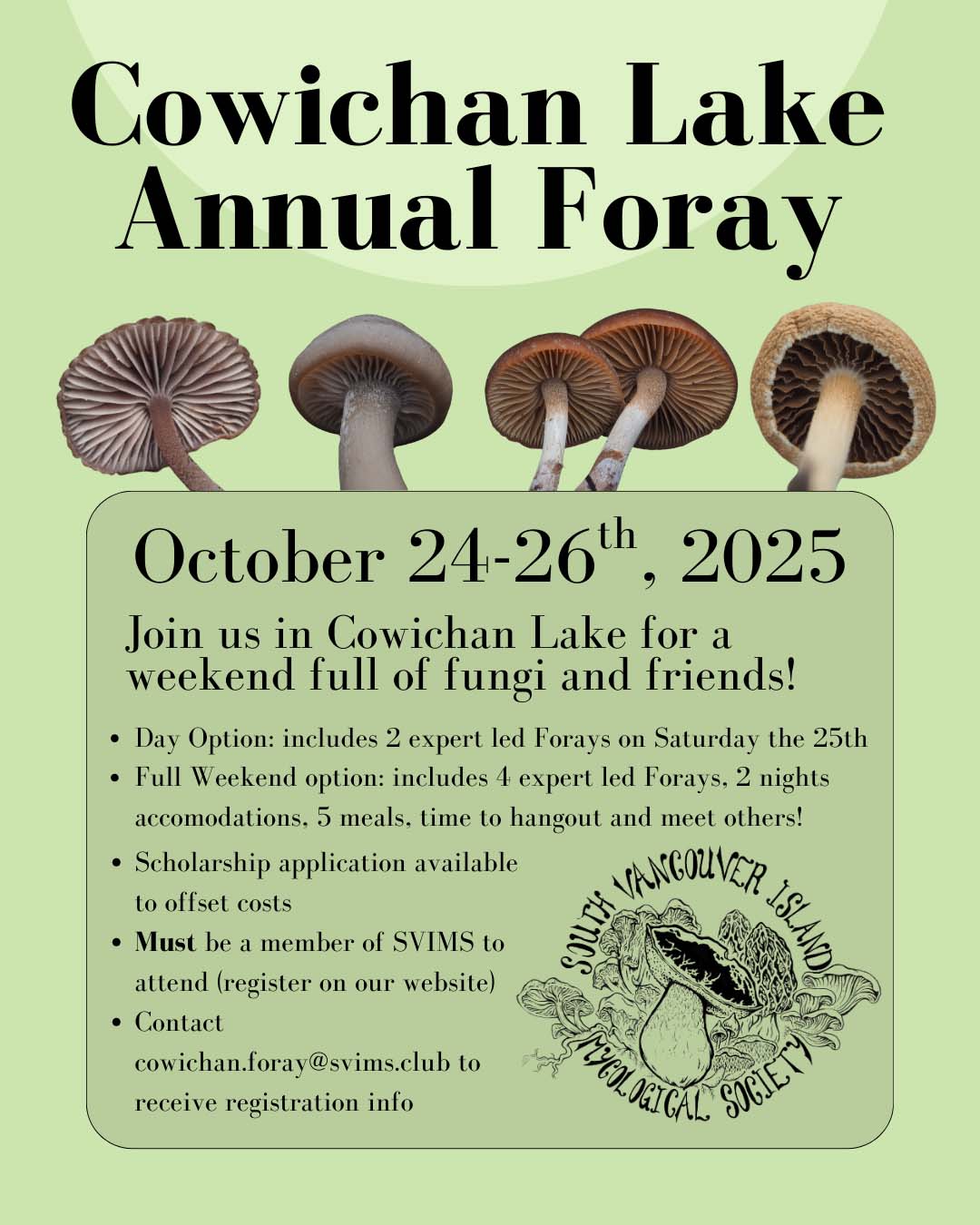Monthly Meeting September 4, 2025
The September 4 monthly meeting will be at a new location:
Pacific Forestry Centre
506 Burnside Road West
Victoria BC V8Z 4N9
Doors open at 6:30pm to socialize and identify mushrooms.
Leah Bendlin
will speak with us about
Common Fall Mushrooms and their Lookalikes
See more details about her below the poster and description of the presentation.

In this presentation, we will learn some of the most common and memorable mushrooms found in fall in the Pacific Northwest. We will focus especially on common edibles and how to tell them apart from poisonous or just otherwise tricky potential lookalikes, noting particular physical features and habitats that will help you to identify them on your own.
 Leah Bendlin is a Portland based mushroom and community science enthusiast. She caught the mycology bug after her first outing hunting chanterelles with a friend. She was amazed at the diversity of other mushrooms that day, and set out to learn the science of identification. That curiosity proved insatiable, and now, 12 years later, she has become an expert taxonomist and aspires to learn the name of every mushroom she encounters, and delights in teaching others. Leah has special interests in taxonomy, uncommonly known edibles, mycoheterotrophic plants, slime molds, ascomycetes (cup fungi) and social justice. She regularly leads mushroom ID classes and walks through various Pacific Northwest organizations and has volunteered as a teacher, identifier and board member of the Oregon Mycological Society. You can find her Instagram page, focused primarily on teaching mushroom species of the Pacific Northwest at
Leah Bendlin is a Portland based mushroom and community science enthusiast. She caught the mycology bug after her first outing hunting chanterelles with a friend. She was amazed at the diversity of other mushrooms that day, and set out to learn the science of identification. That curiosity proved insatiable, and now, 12 years later, she has become an expert taxonomist and aspires to learn the name of every mushroom she encounters, and delights in teaching others. Leah has special interests in taxonomy, uncommonly known edibles, mycoheterotrophic plants, slime molds, ascomycetes (cup fungi) and social justice. She regularly leads mushroom ID classes and walks through various Pacific Northwest organizations and has volunteered as a teacher, identifier and board member of the Oregon Mycological Society. You can find her Instagram page, focused primarily on teaching mushroom species of the Pacific Northwest at
SVIMS Foray to the Rae Leigh Addition April 2025

In 2024, BC Parks Foundation acquired a 15-acre parcel that adjoined John Dean Park. The parcel is slated to become part of the park.
SVIMS was invited to survey the biological diversity on this tract. On April 26, 2025, a group of SVIMS members made their way into the hilly area. (See adjoining map–The red outlines the addition, the green is John Dean Park.)
The walk was arranged by Mel Hesz. David Walde, Elora Adamson, Vail Paterson, and Ann McCall led the foray.
Results were collected in an iNaturist project that SVIMS set up for the tract. About 75 different species were recorded. Nearly 30 of these species were fungi.
